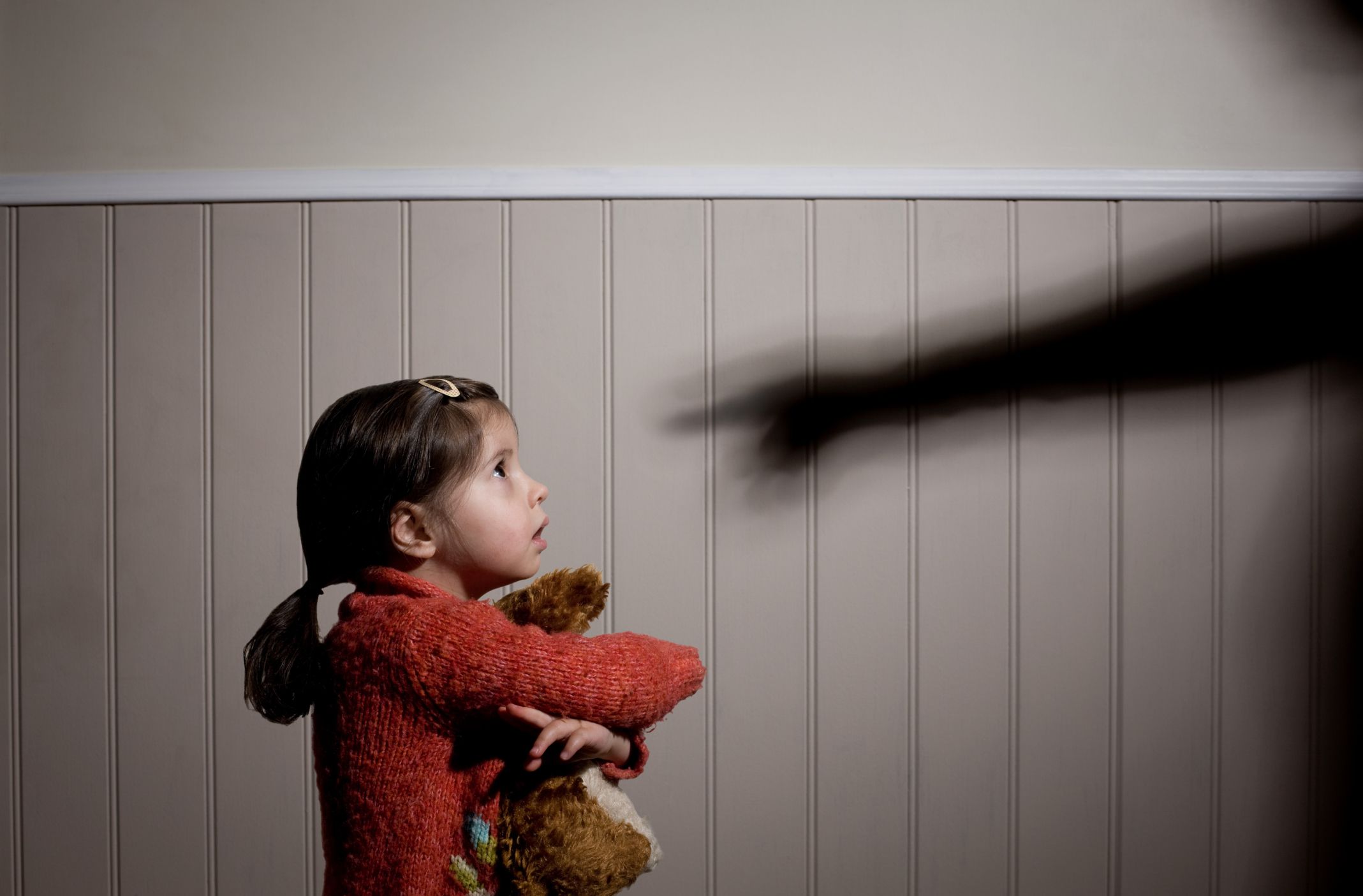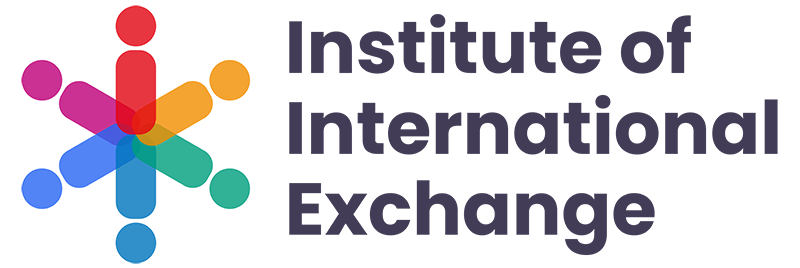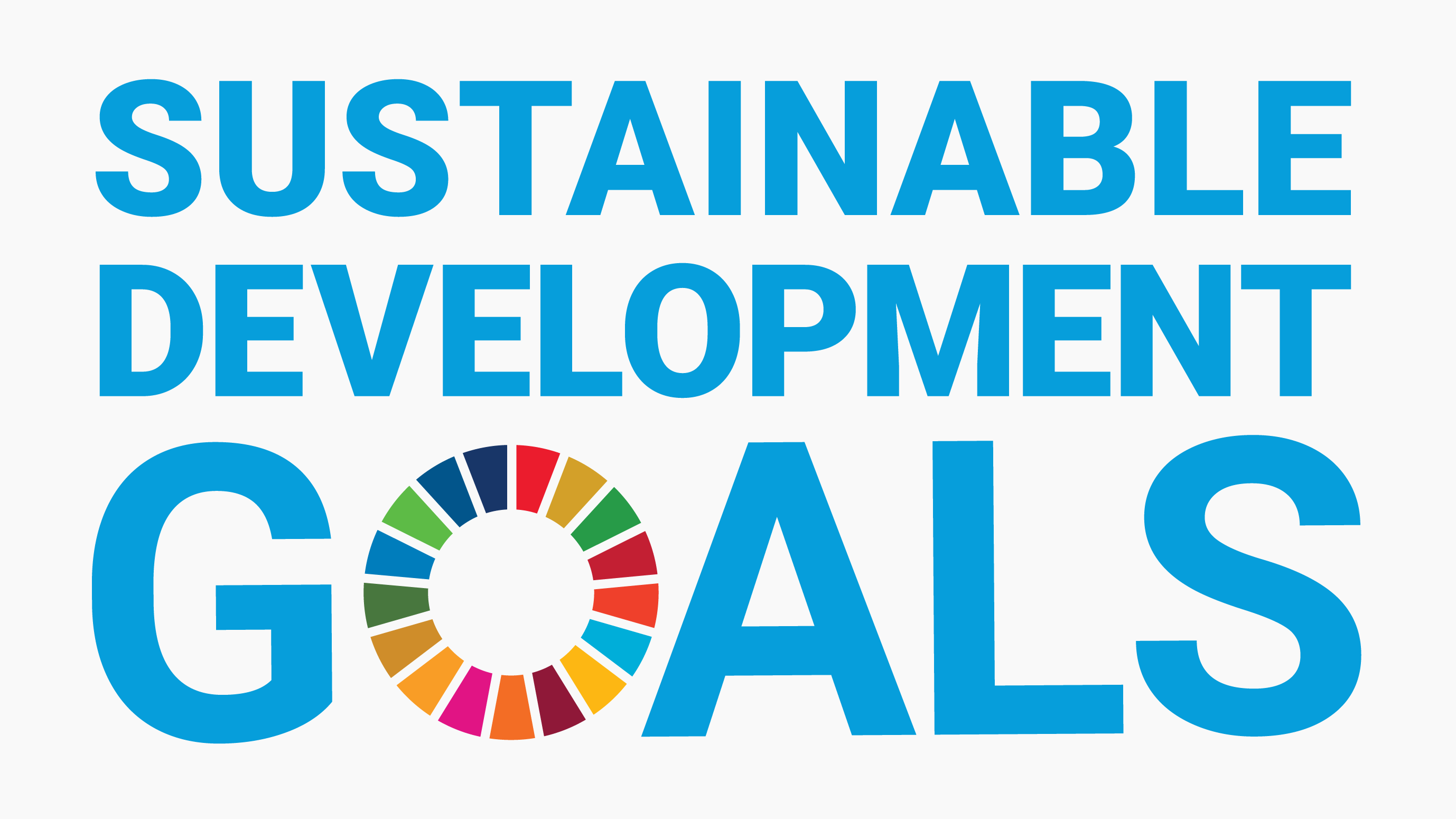How to prevent and treat abuse of children, using the American and Japanese child protection systems as examples to study and analyze

Children’s welfare and social protection has always been a core theme that has attracted much attention in the field of social welfare. In developed countries, since the 1950s, the welfare and allowance programs, social services and social policies for children have been an important part of the government's promotion of social and economic development. In developing countries, with the advancement of economic and social development and globalization, more and more attention and protection is paid to children's rights.
Compared with developed countries and regions, there is a large gap in the welfare of children in developing countries. There are still many problems such as poverty, neglect, lack of care and abuse of children. The social welfare and protection policies for children lack the top-level institutional design. The legal system for child care, protection and service is not fully sound. The development of social organizations for child care and service is premature, and incidents of injury to children continue to appear. In view of the urgent need to strengthen and improve the current child protection system in developing countries, we analyze the experience of child protection and social policies in the United States and Japan, so as to provide reference and specific practices that can be used to help other countries improve and develop their child protection systems and policies.
The development of child protection in the United States can be roughly divided into three periods: In the first period (from colonial period to 1875), there was no organized child protection; In the second period (1875-1962), some non-governmental organizations for child protection were created and developed; In the third period (1962-present), the government started to sponsor child protection services.
In 1963, the Children’s Bureau of the United States Government formulated a Model Whistle-blowing Law. In 1974, the United States passed the "Child Abuse Prevention and Treatment Act"(CAPTA), which required all states to establish a mandatory reporting system and set the minimum definition of abuse and neglect. The "Child Protection Act" was passed in 1984, 5 years before the United Nations "Convention on the Rights of the Child."
Among the relevant laws on the Child Abuse Prevention and Treatment Act in the United States, the most distinctive one is the "mandatory reporting system." The scope of the reporting personnel is constantly expanding, and the content of the report is also continuously refined with the development of society. In addition, most states require reporting when there is "reason to believe" or "reason to suspect" that a child has been abused or neglected. It also stipulates that people or organizations responsible for children must report abuse and neglect. For those who do not report, there are also corresponding punishments settled on the law.
In the United States, it's everyone's duty to report child abuse. The Administration for Children and Families under the US Department of Health and Human Services has announced the status of abused and neglected children across the country every year since 1995. The data they provided not only classified the victims according to different attributes such as age, race, and gender, but also counted the data of the perpetrators in the same way, and also calculated the relationship between victims and perpetrators. Therefore, the public can dynamically browse the data of each state on the relevant website.
In terms of funding sources, the United States provides special funds to all states through traditional legal funding procedures for the establishment of programs to prevent child abuse and neglect. All states are looking for ways to boost child trust fund revenues, particularly with additional taxes, such as fees for marriages, births and divorces, or by taking advantage of state tax incentives to get people to donate voluntarily. These funds are strictly supervised and completely separated from revenue and expenditure, and these funds are specifically marked as being to prevent child abuse and neglect.
At the same time, Japanese experience in child protection is also worth learning. In Japan, the Ministry of Health, Labour and Welfare’s Child Abuse Investigation and Research Association, the Osaka Child Abuse Investigation and Research Association, and the National Child Counseling Office are all paying attention to the problem of child abuse. Since 1991, Tokyo has established the Abuse Prevention Center and began to collect statistics on child abuse information. The Ministry of Health, Labour and Welfare of Japan began to collect statistics on child abuse in 1990 and publish them every year.
In 2000, Japan promulgated and implemented the "Child Abuse Prevention Law". After 4 years of use, it was partially revised in 2004. Like the United States, Japan's laws are also moving in the direction of "increasingly stricter." For example, in the abuse standard before the revision, it is stipulated that "If you find any abuse, you must report it", after the modification, it becomes "If you think there is any abuse, you must report it." At the same time, verbal violence is also included in the criteria of abuse.
Japanese social forces have also played a very important role in dealing with child abuse. For example, the "Child Abuse Thinking Association", established in Japan in 1998, made cartoons based on child abuse and introduced the current situation of child abuse to volunteers. Non-profit organizations in various regions have also set up child interview hotlines to network with some pediatricians, psychologists, and social workers to listen to reports of child abuse in a timely manner. In addition, any other meetings related to the prevention of child abuse are held frequently throughout Japan, such as lectures, seminars, report meetings, experience exchange meetings, paper presentations, or societies.
Protecting children from abuse is a long and arduous task. We will continue to collect high-quality practices and measures on child protection in other countries for reference.
About Us
Institute of International Exchange is an international non-governmental and non-profit organization. We hope to build an equal and friendly platform for exchanges and cooperation around the world.
© 2023 Institute of International Exchange




